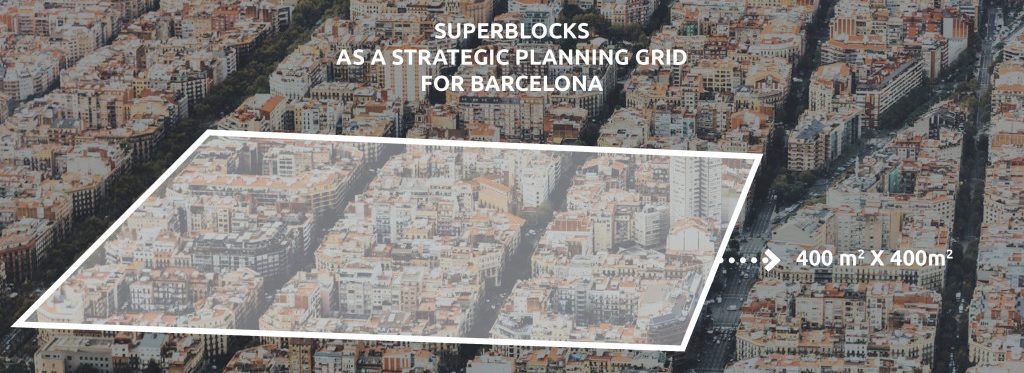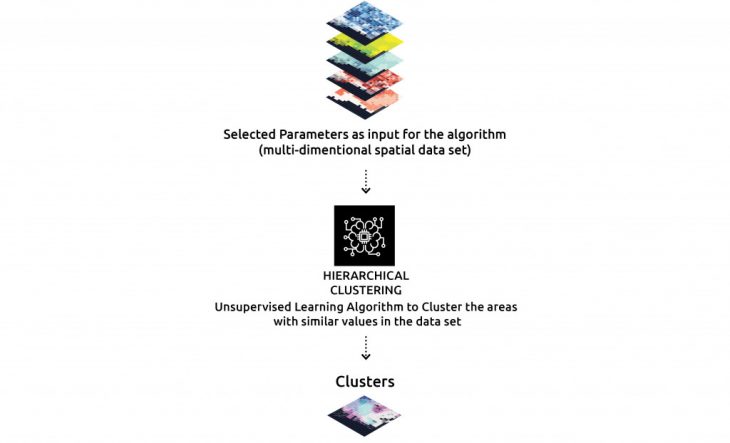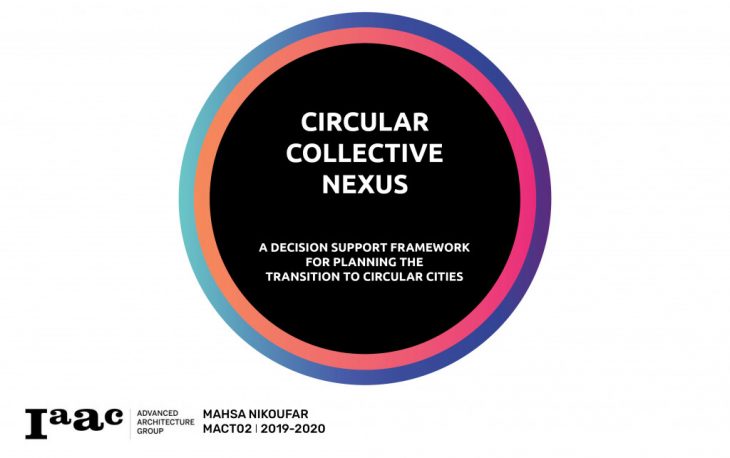
Circular Collective Nexus: A decision support framework for planning the transition to circular cities
Introduction
Cities in the Anthropocene age have a great impact on the climate and environment. Our current system is a linear Take Make Waste one. It is imperative that cities rethink their system structure to reduce their impact on the planet. Circular Economy is a framework that can help achieve this goal.
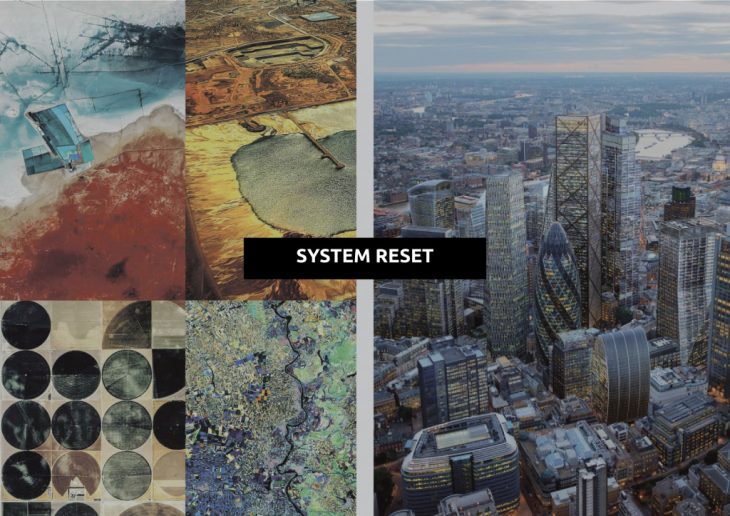
Circular Economy
A circular economy is based on the principles of designing out waste and pollution, keeping products and materials in use, and regenerating natural systems. (Ellen MacArthur Foundation)

Circular Economy for Cities
What does a circular economy mean for cities?
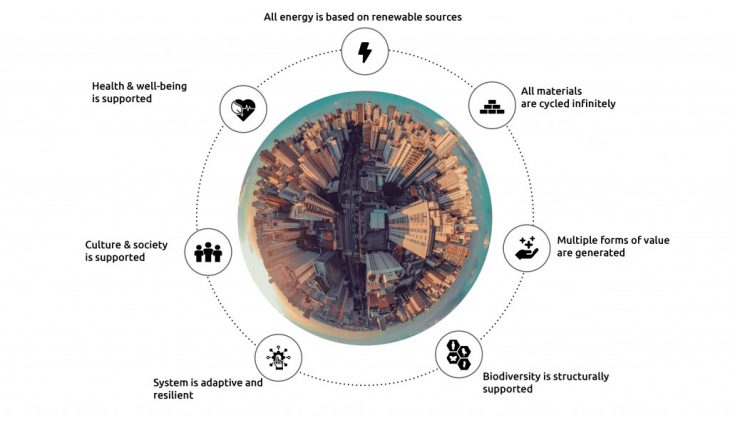
A circular city is based on seven main pillars :
- All energy is based on renewable sources.
- All materials are cycled infinitely.
- Multiple forms of value are generated.
- Biodiversity is structurally supported.
- The system is adaptive and resilient.
- Culture & society is supported.
- Health & well-being is supported
(Source: Gladek & others, 2014, Circular Buiksloterham)
Urban Metabolism
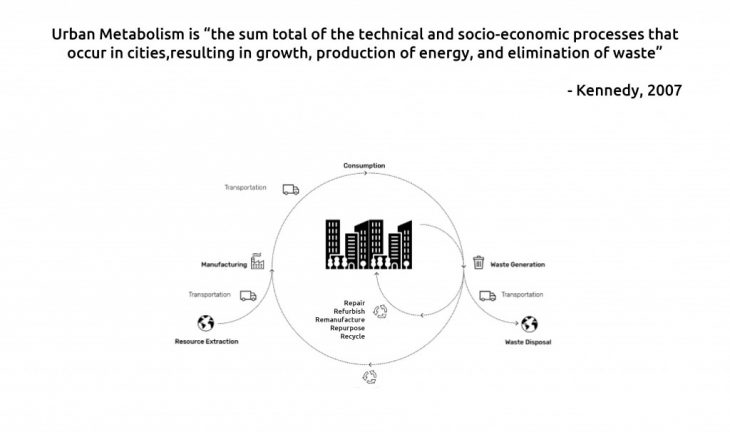
Circular economy connects well with the idea of urban metabolism which frames the theoretical aspect of this project. Cities are metabolic systems with inputs and outputs. Urban Metabolism has many definitions, and one important one is ” The sum total of the technical and socio-economic processes that
occur in cities, resulting in growth, production of energy, and elimination of waste” – Kennedy, 2007
The current metabolic system of cities is a linear Take Make Waste one. It is imperative to change this system into a circular one by conecting the different flows in the city at different scales.
Research Questions
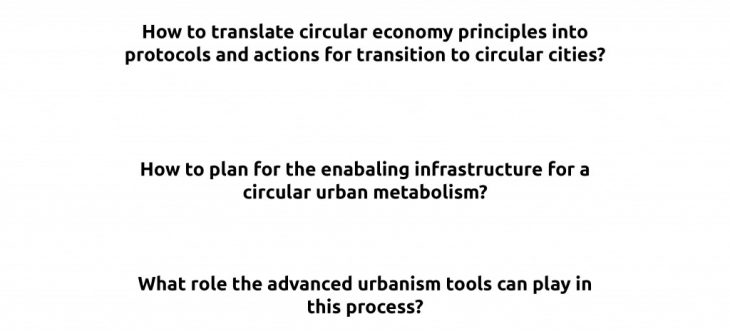
This project is focused on three main questions about the circular economy in cities:
- How to translate circular economy principles into protocols and actions for transition to circular cities
- How to plan for the enabling infrastructure for a circular urban metabolism?
- What role the advanced urbanism tools can play in this process?
Statement & Methodology
Circular Collective Nexus: A decision support framework for planning the transition to circular cities

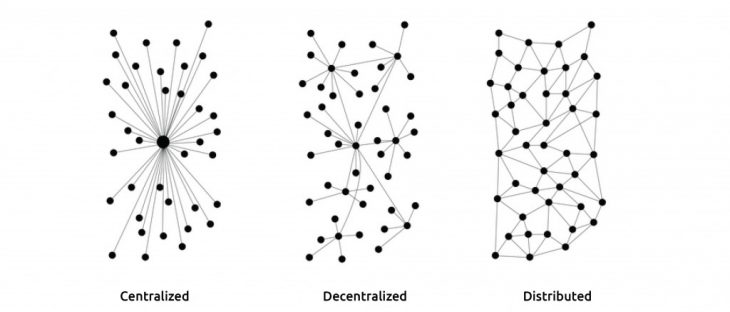
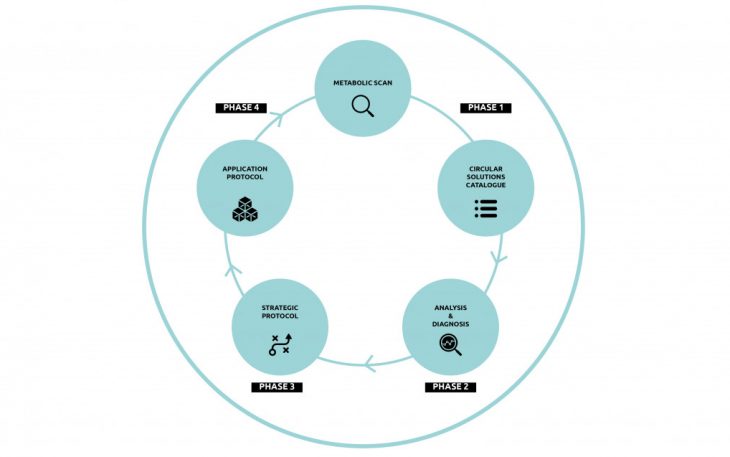
Phase 1: Metabolic Scan & Circular Solutions Catalogue
in phase one, two steps are done in parallel: The metabolic scan analyses the context and the catalogue analyses the circular solutions
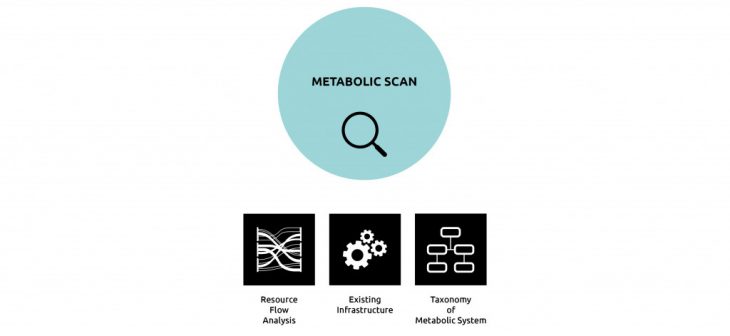
Resource Flow Analysis
The Sankey diagram below visualizes the energy resource flow in Barcelona divided into three phases of production/import, transmission, and consumption.
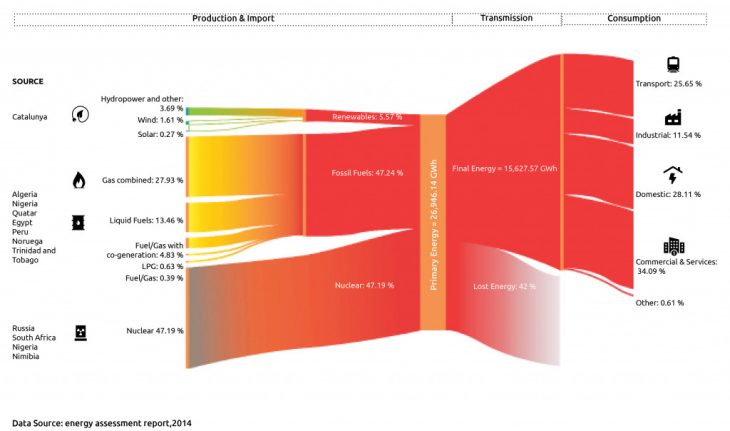
Existing Infrastructure
This map shows the existing energy infrastructure of the city. The city of Barcelona has started to expand its solar and district heating infrastructure for renewable and decentralized energy.
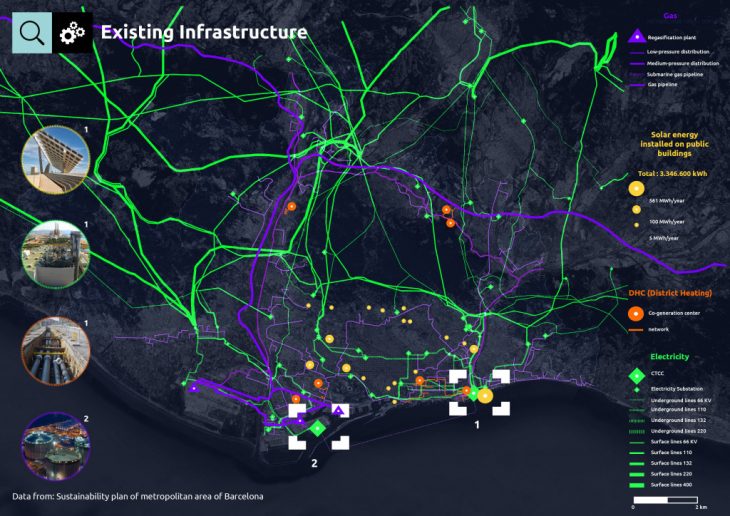
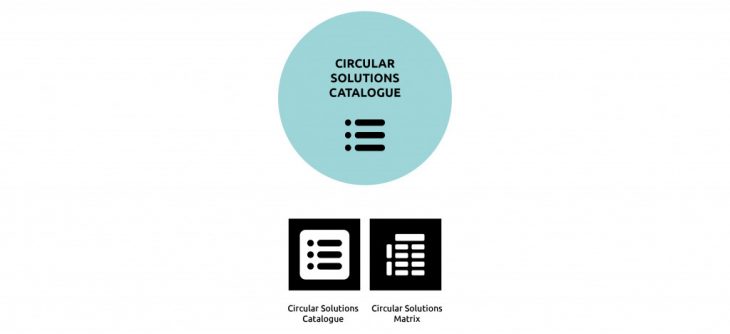
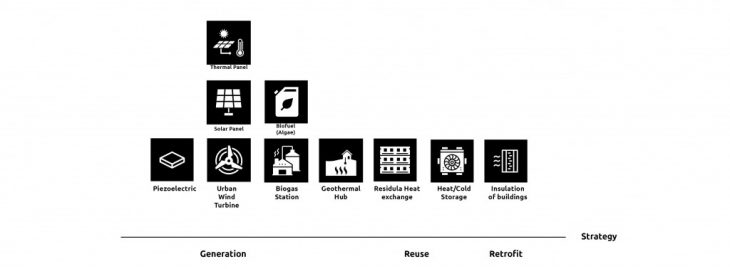
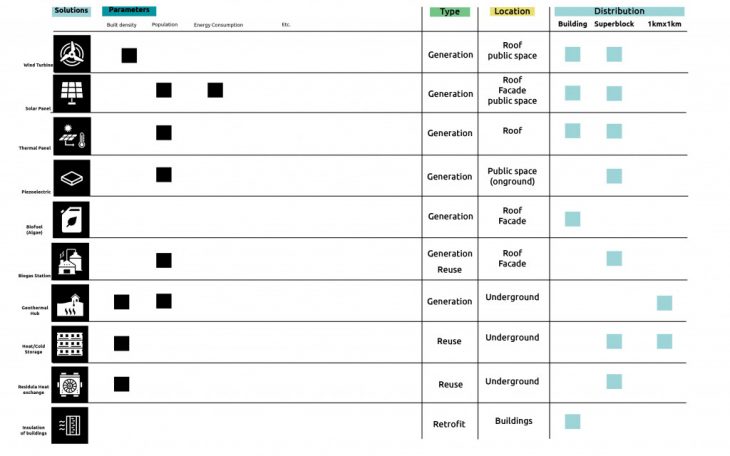
Phase 1 Final Step: Taxonomy of Metabolic System
Based on the Metabolic Scan’s previous steps and the Circular Solution’s Matrix, a Metabolic System Taxonomy is defined to introduce the parameters that should be considered for planning the circular solutions (energy solutions) in a contextualized manner. The taxonomy in this project is created based on the available data and parameters related to energy. Then, the city’s data is visualized on a map.
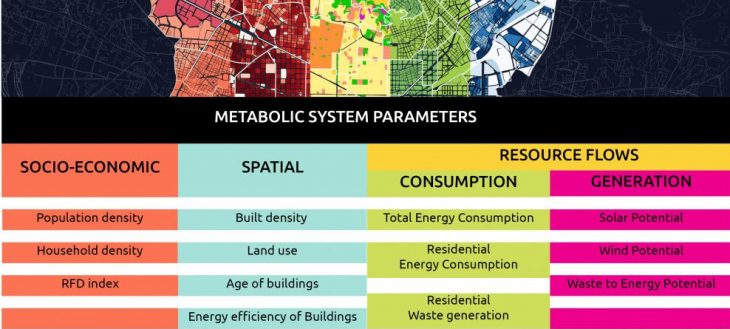
Phase 2: Analysis & Diagnosis
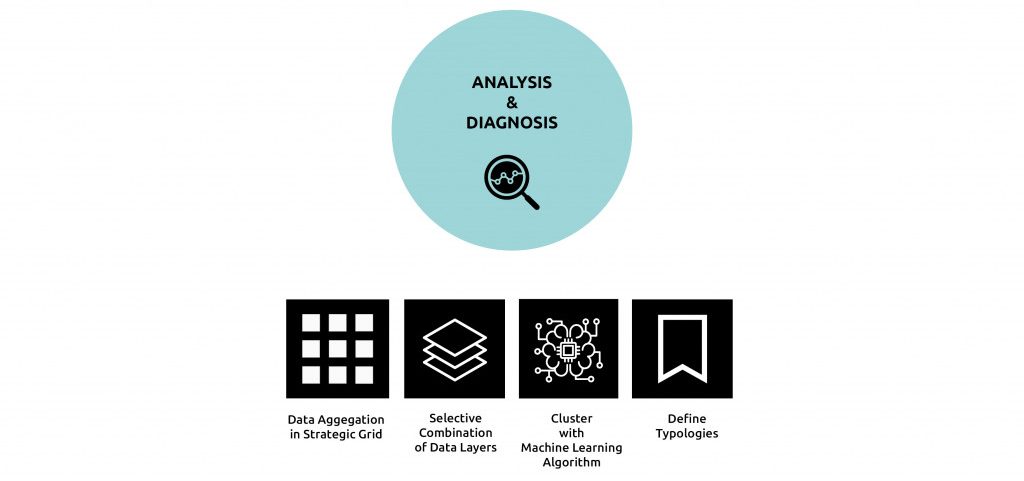
Data Aggregation in Strategic Grid
Based on the objective of the protocols, the data set should be aggregated into a strategic scale. In this project, the scale of a superblock is chosen since the city is has defined the superblock grid for its planning initiatives.
Selective Combination of Parameters
The decision-makers should define what parameters from the data set is important for the protocol. Areas that have a similar range of values in the selected data are grouped by a machine learning algorithm. This methodology allows for different combinations of parameters for contextualized protocols for each area of the city.
As a case study, 10 parameters including all the categories
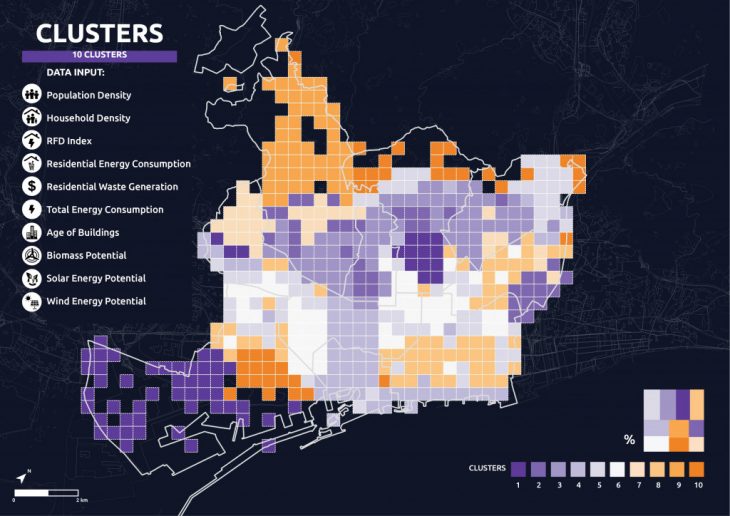
Labeling Clusters
In this step, each cluster is looked at separately. The radar chart visualizes the average values of each parameter. The distribution of clusters in the city is visualized in a map along with its specific values from the radar chart. This allows the decision-maker to label the cluster as a typology ( risk, opportunity,etc.) and set up strategies and protocols.
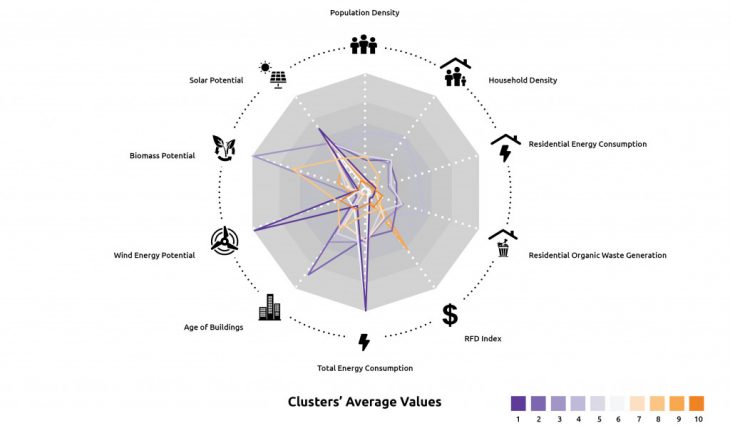
Phase 4: Strategic Protocol
The map in the following shows the four main categories for protocols which also includes its specific risks and opportunities. This can support the planners for the protocols of a circular transition.
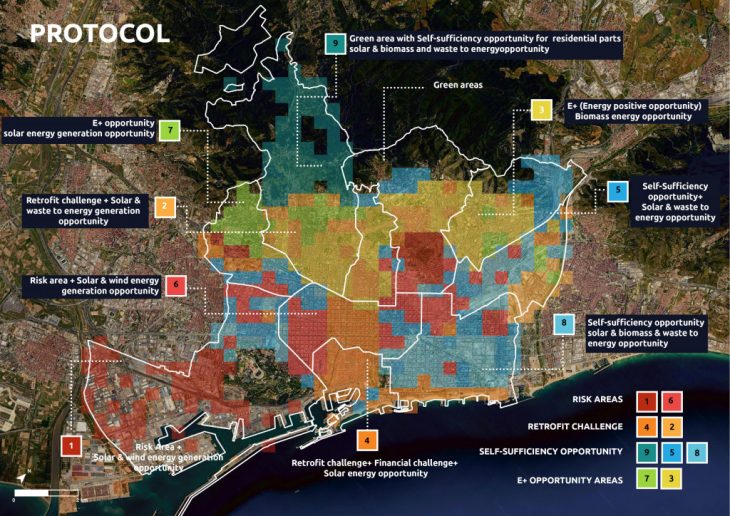
Phase 5: Application Protocol

The previous phases follow a top-down approach and have an urban scale focus. When it comes to actuating the protocols, the spatial fabric and also the citizens’ participation becomes an important aspect.
Spaces can be divided into private, collective, and public. Moreover, it can be categorized into roofs, facades, open spaces, and underground spaces. These aspects are going to affect the way the protocols are actuated and the solutions are embedded in the urban fabric.
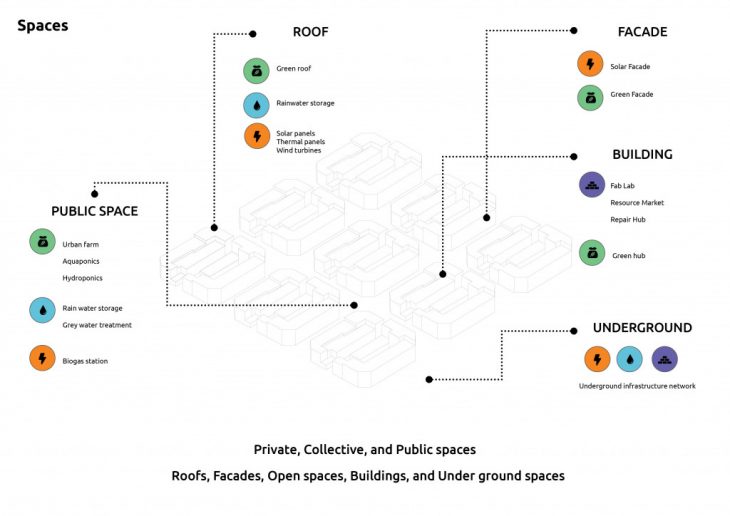
The application protocol can define what solutions can be embedded in the urban and neighborhood scale. As a result, a circular nexus can be shaped by connecting different flows of energy, food, material, water, etc. while the data related to these flows is captured and monitored through the ICT infrastructure ( The Flow of Data).
Vision:
The Circular Collective Nexus methodology assists the decision-makers plan for tactics, short-term, and long-term vision. It allows for each area of the city to have a contextualized plan which takes into account the inputs from multiple stakeholders.
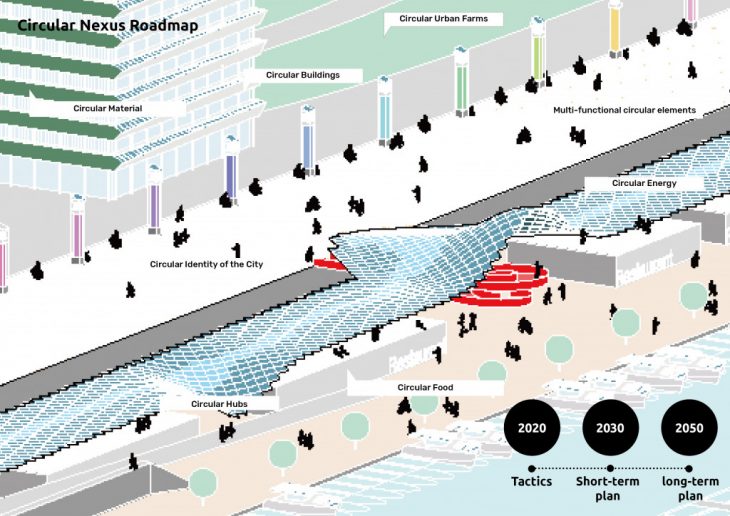
With this approach, the city can make an informed decision for the transition to a circular city by closing the loops at different scales and create a circular nexus or circular urban metabolism. This decision support framework has the goal to assist cities to plan for the actions to reduce their impact on the planetary boundaries, and thrive in a distributive and regenerative economy.
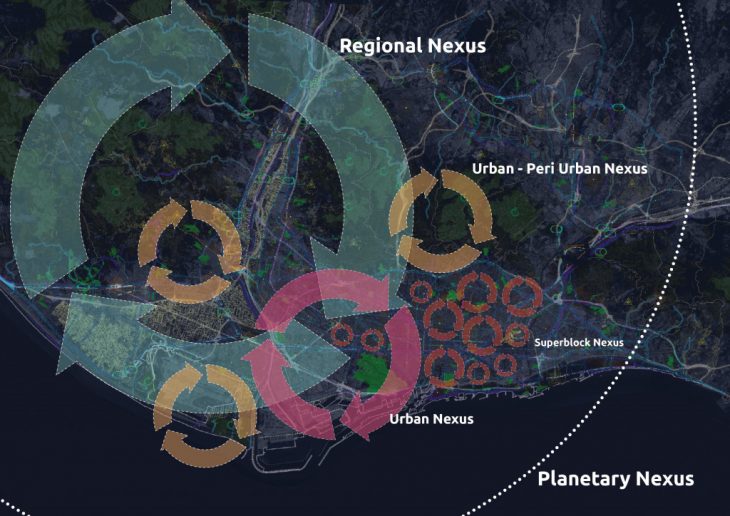
About the Researcher:

Mahsa Nikoufar, an Urban Technologist with a background in urban planning for undergraduate studies, and a Master’s degree in City & Technology at IAAC. Experience with ICT companies related to smart city projects and currently focused on urban systems and the circular economy.
Circular Collective Nexus is a project of IaaC, Institute for Advanced Architecture of Catalonia
developed at Master in City & Technology in (2018/2020) by:
Student: Mahsa Nikoufar
Faculties: Areti Markopoulou & Mathilde Marengo
